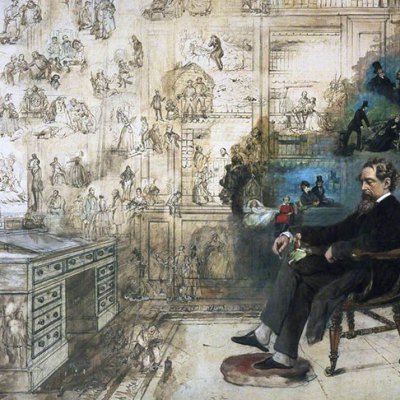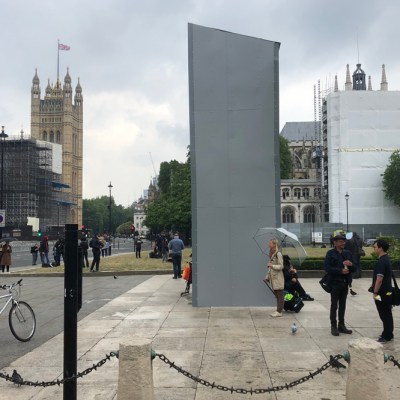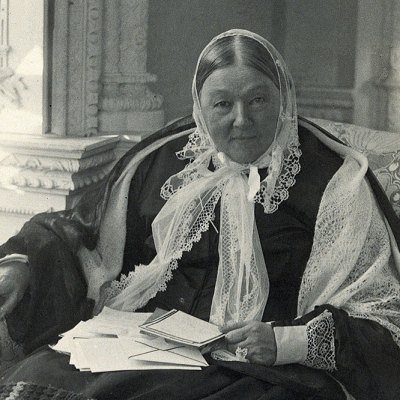Introducing Rakewell, Apollo’s wandering eye on the art world. Look out for regular posts taking a rakish perspective on art and museum stories
George Eliot is an unexpected figure to have been drawn into the statue wars. Surely John Letts’s bronze of the great, sympathetic novelist of 19th-century life is up there with renderings of Greyfriars Bobby and Paddington Bear in the pantheon of public monuments least likely to be a focus of protests?
It is unsurprising, then, that the north Warwickshire chapter of the monuments-mad men – or should that be monuments madmen? – has attracted widespread derision after photos emerged of a group of them ‘guarding’ her statue in Nuneaton on Sunday. Perhaps they remember that it has already been toppled once, when it was knocked over by a beer lorry in 2004?
https://twitter.com/HelenJMacdonald/status/1272790032244490240?s=20
Or are these statue devotees perhaps diehard fans of Silas Marner or Scenes of Clerical Life? Or perhaps, good Eliotophiles that they are, they share the novelist’s own interest in sculpture?
Here, for instance, is Eliot in Rome, from the journal of her trip to Italy in 1860:
Among the ancient sculptures I think I must place on a level the Apollo, the Dying Gladiator, and the Lateran Antinous: they affected me equally in different ways. After these I delighted in the Venus of the Capitol, and the Kissing Children in the same room; the Sophocles at the Lateran Museum; the Nile; the black, laughing Centaur at the Capitol; the Laughing Faun in the Vatican; and the Sauroktonos, or Boy with the Lizard, and the sitting statue called Menander. The Faun of Praxiteles, and the old Faun with the infant Bacchus, I had already seen at Munich, else I should have mentioned them among my first favourites. Perhaps the greatest treat we had at the Vatican was the sight of a few statues, including the Apollo, by torchlight – all the more impressive because it was our first sight of the Vatican.
There are similar passages on the Museo Borbonico (now the Museo Nazionale Archeologico) in Naples and on the Uffizi and the Loggia de’ Lanzi in Florence (‘Among the statues that are placed under it there is not one I could admire, unless it were the dead body of Ajax with the Greek soldier supporting it’).
Eliot was not such a fan of Michelangelo’s work in the Medici Chapels, however: ‘the world-famous statues of Michael Angelo […] – the Notte, the Giorno, and the Crepuscolo – remained to us as affected and exaggerated in the original as in copies and casts.’ Don’t tell the self-styled statue defenders – they might just turn on her!
Got a story for Rakewell? Get in touch at rakewell@apollomag.com or via @Rakewelltweets.
Lead image: G-13114/Wikimedia Commons (CC BY-SA 4.0); original image cropped.




